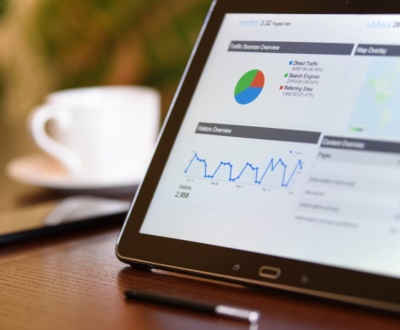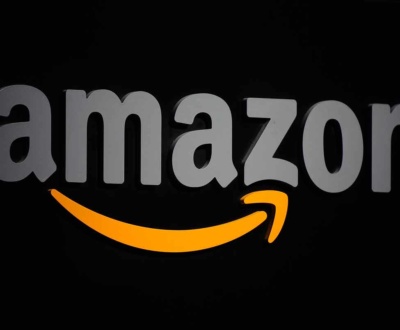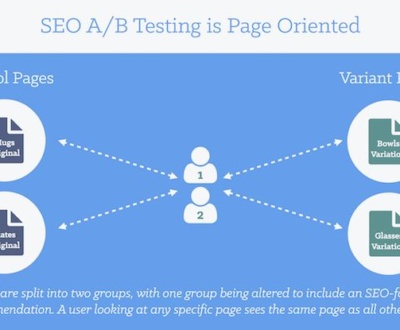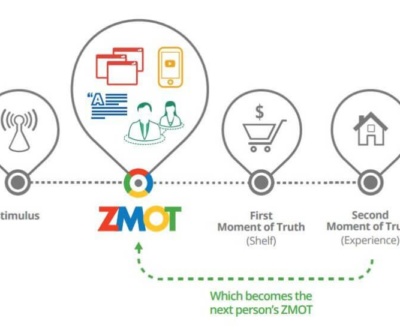Is the Rise of E-Commerce Killing The High Street Retailer?
- March 8, 2017
- Online marketing
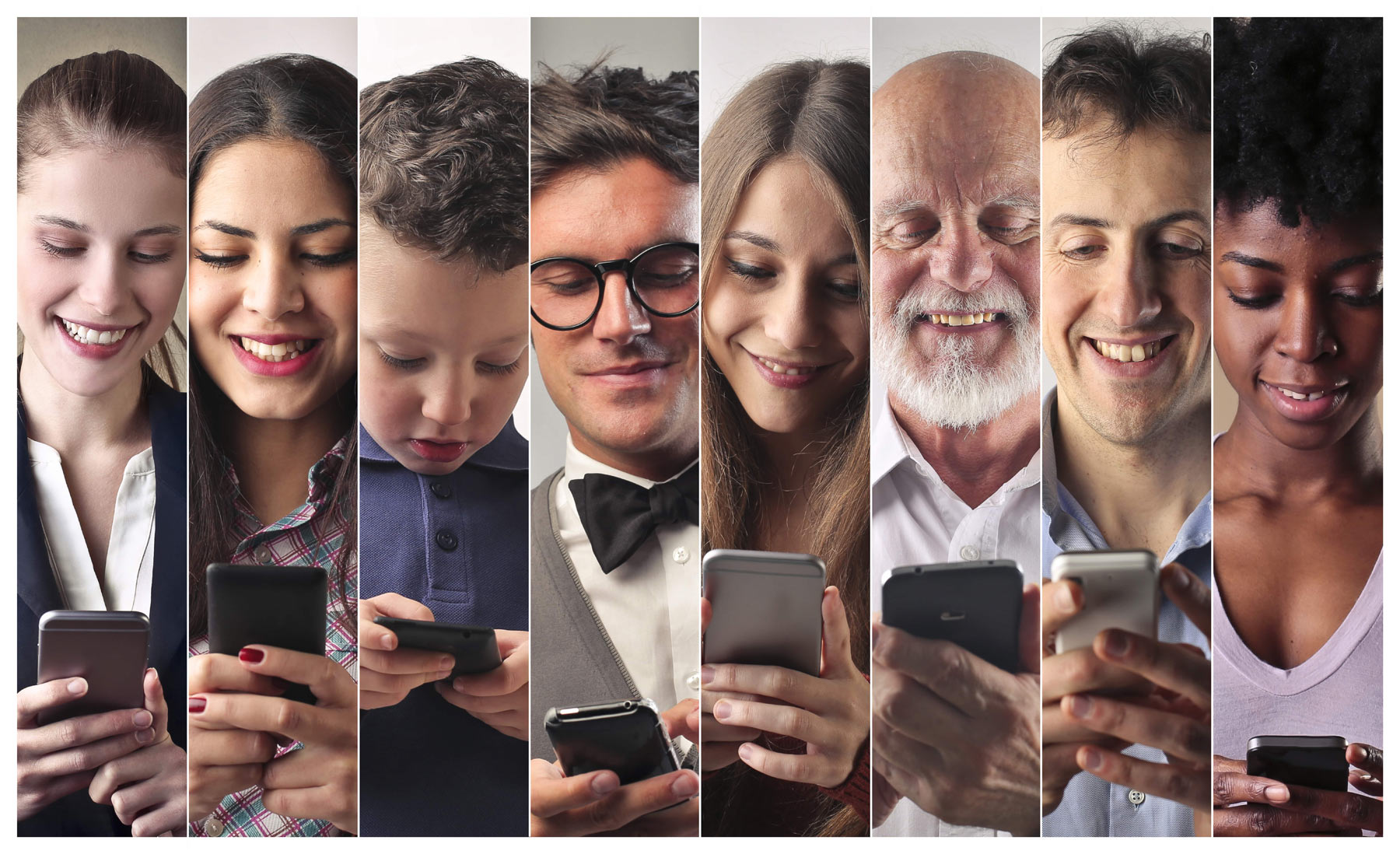
In July 2017, Amazon will celebrate its 23rd birthday. A lot has changed since 1994. Digital evolution penetrated all aspects of our lives and retail is no exception. E-commerce has fundamentally changed our shopping expectations as well as experience.
Tech Crunch reported that 79% of all Americans made a purchase online this year comparing to 22% in 2000 and the trend is predicted to continue.
The question on everyone’s mind is whether the rise of e-commerce with Amazon in the lead poses a serious threat to the traditional high street retailer. Post apocalyptic theories have spread like wildfire since the very beginning. Yet, most stores are still here. In fact, despite the impressive stats demonstrating rapid growth of ecommerce, online purchases still make up only a little more than 8% of all retail sales.
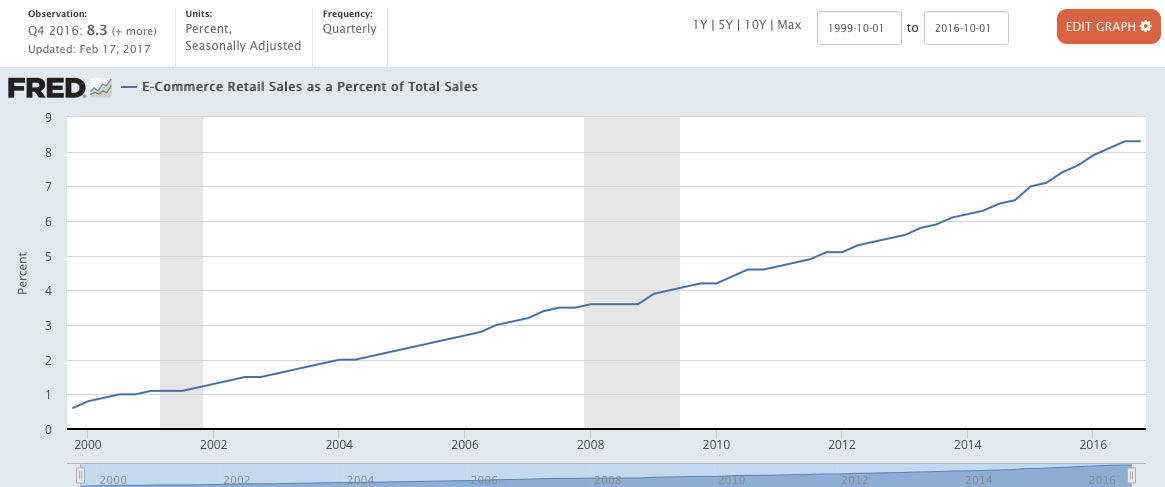
Where is the truth?
There is no doubt e-commerce fundamentally transformed retail experience as we know it. In a sense, we can also assume it is responsible for the death of the traditional high street retailer. However, it did not kill high street retailers as such but rather reimagined it.
Changes Fuelled by E-commerce
Informed Shoppers
- Before: People entered the stores without knowledge, seeking information as well as products and had to rely on the expertise of the retail assistant.
- Today: People conduct their own research online before visiting the store or completing an online purchase.
Augmented Power of Opinions
- Before: Word of mouth always played a significant part of the social shopping experience as we relied on recommendations from friends and family.
- Today: With the Internet at our fingertips, word of mouth gained the force of a tsunami. YouTube, Facebook, Instagram and other social media allow people with lesser or greater influence to share their opinion with consumers all over the world. In fact, 90% of online shoppers confirmed positive or negative reviews impacted their decision; and social media influencer marketing has an 11x greater impact than banner ads.
Speedy Personalization of Suggestions
- Before: The only way to gain information about a shopper was through welcoming him or her into the store and further conversation. However, not all the customers are that chatty.
- Today: Technology offers context. It helps us learn what is important to a person at a specific location and at a particular time; Monitoring online behavior helps us consider shopper intent and provide relevant suggestions. In other words, digitalization of shopping enables anticipating customer needs and delivering the right message at the right moment.
Evolution & Symbioses, Not War
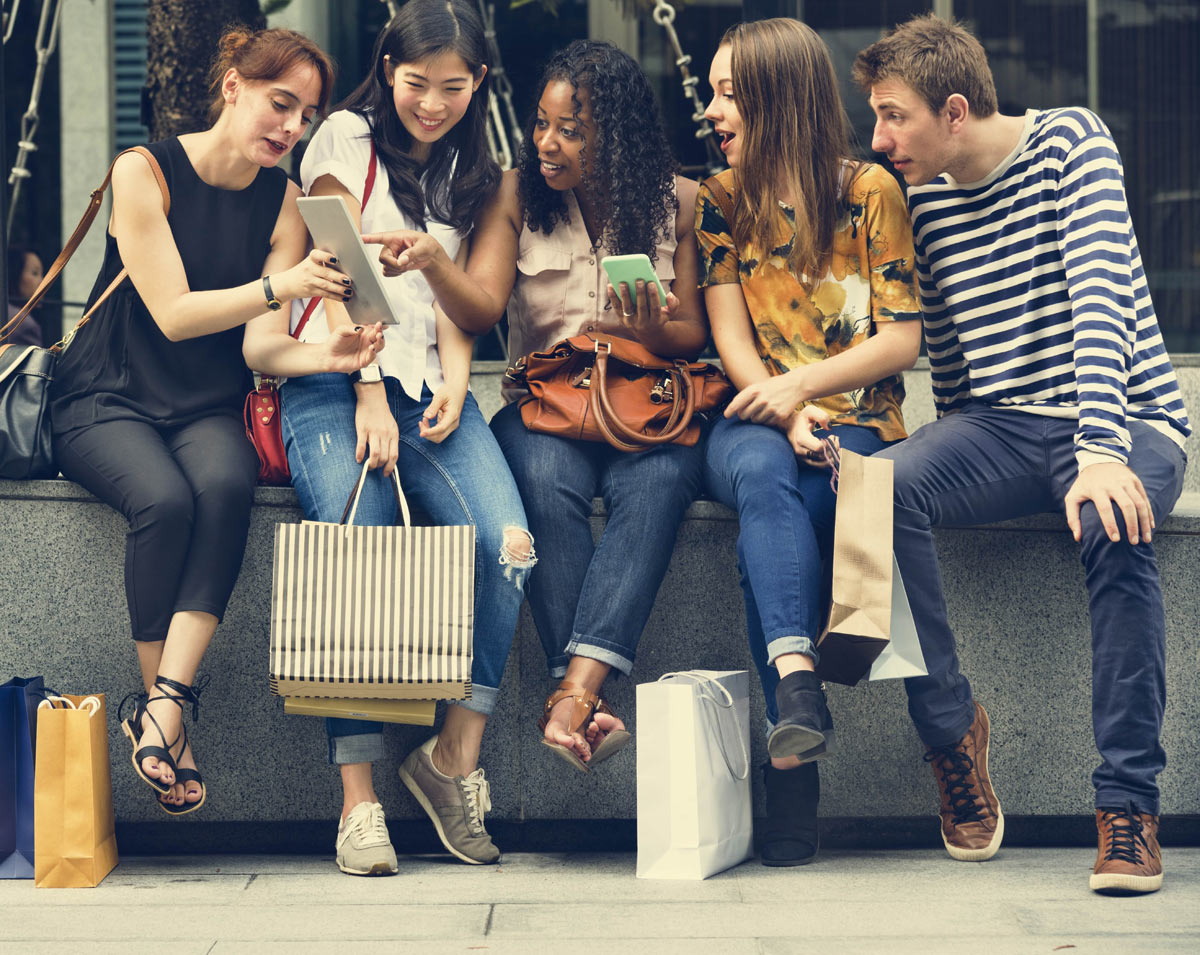
Everybody expected offline and online shopping experiences to engage in something resembling the clash of the titans. Instead, we are witnessing natural evolution, a fusion that represents the best of the physical and best of the digital working together, creating what has been coined as the omnichannel experience. Internet stores are carving their way to the physical world while brick-and-mortar stores are learning to take advantage of technology.
How The High Street Retailer is Going Digital
Besides having a website, being active on social media and offering some of the merchandise online, the biggest tech perks are digital gadgets driving foot traffic to stores in real time.
Retailers are beginning to integrate mobile and wearables into their strategies. Thus, today when you search for a brand or a type of product, you are often offered a map and directions to the store, phone number or special offers that match your time and location. For instance, Adidas’ store locator links generated $1.6 million in in-store sales per ad investment of $1 million.
What do the stats say? According to Google’s Mobile Playbook:
- 94% of active mobile users looked up local information
- 51% of local searches resulted in a visit
- 48% searches resulted in a phone call
- 29% searches led to a purchase
- 80% of the actions above took place within 5 hours of the search
Furthermore, new technology such as geolocation, Apple Pay or Google Wallet, take analytics from the virtual world of IP addresses to the streets and thus to the individuals, allowing for the ultimate personalized experience.
A great example is Walgreens pharmacy chain. The company created an app that enables their clients to renew a prescription by simply scanning the medicine package at home. Plus, the app updates with context-aware promotions when a customer happens to be near any of their stores and then again after they enter.
How E-Commerce is Going Physical
Online stores are not resting on their laurels either and also experiment to make up for their shortcomings. Besides trying to substitute the possibility to try the products in person by offering interactive videos or 360 views, they are taking to the streets and opening showrooms, fitting rooms, or drop-off points.
How?
For instance, Zoot, a Czech online retailer delivers products purchased online to a physical location in a matter of hours. The customers can come, try on the clothes and, in the end, keep only the pieces they like. Also, Ebay or Delta Airlines have experimented with pop-up stores providing an online experience.
The Reign of Phygital Experience
It seems that annihilation of high street retail by e-commerce is not happening anytime soon. On the contrary, the two are becoming indisputably intertwined and co-dependent. The term phygital represents bridging between the digital and physical world and defines a new era of retail.
According to the Sales Head of Europe at Mindtree, a technology services company, the main differentiator of phygital retail will be the ability to provide a customized experience. Statistics seem to support his prediction since (despite the initial privacy concerns) over 70% of consumers prefer personalized advertising and shopping experience.
The fight is no longer between the realms of online and offline shopping. What we are witnessing is an example of the Darwinian theory of survival of the fittest in the face of change.
Which brands will embrace the phygital and which will fail to adapt to growing market demands on personalization and omnichannel presence?
Visit our about page - woodleymarketing.com/about/
About us and this blog
We are a digital marketing company with a focus on helping our customers achieve great results across several key areas.
Request a free quote
We offer professional SEO services that help websites increase their organic search score drastically in order to compete for the highest rankings even when it comes to highly competitive keywords.
Subscribe to our newsletter!
Recent Posts
- Are You Still Using These Black Hat SEO Tactics? August 17, 2017
- The Biggest Ranking Factors for SEO in 2017 July 27, 2017
- Do No Harm: How to Become a Modern Monopoly July 15, 2017


